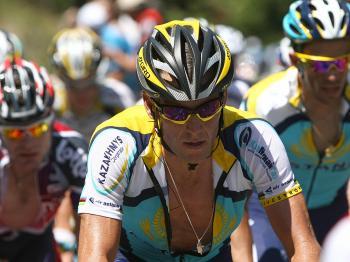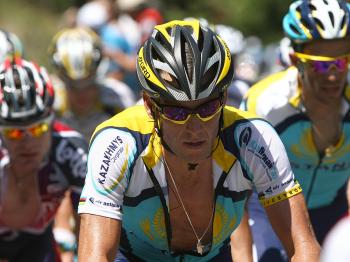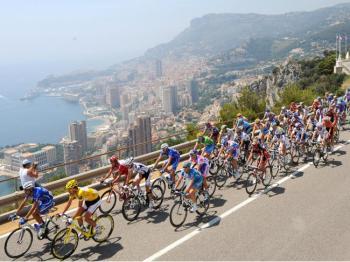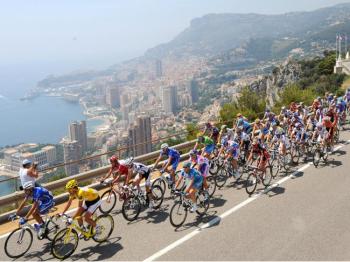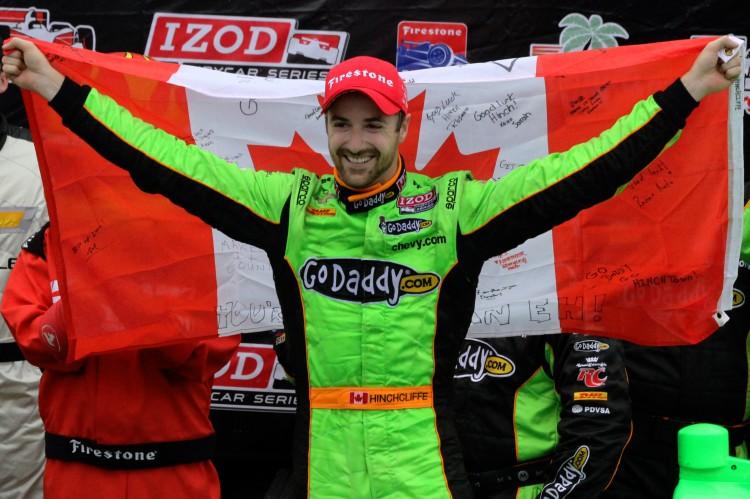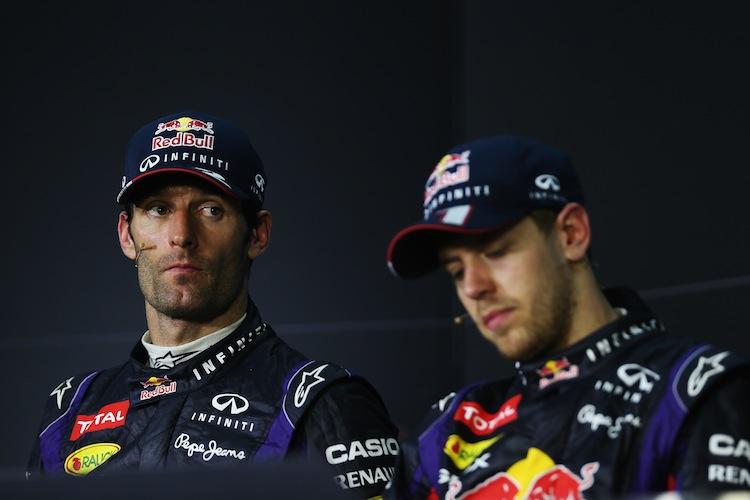Armstrong’s Return Highlights Tour de France
The biggest story of this year’s Tour is the return of seven-time winner Lance Armstrong.
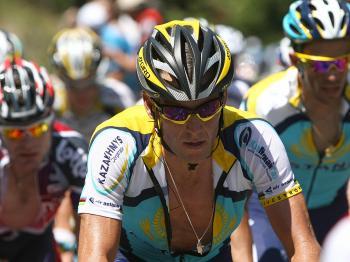
Lance Armstrong spars with Team Saxo Bank's Andy Schleck just after Cadel Evans launches an attack. Joel Saget/AFP/Getty Images
|Updated:
